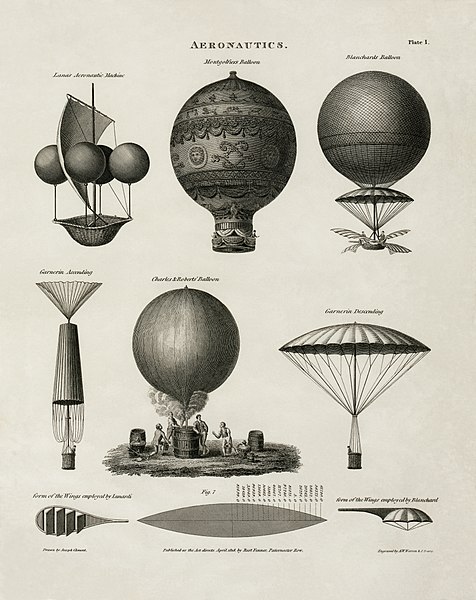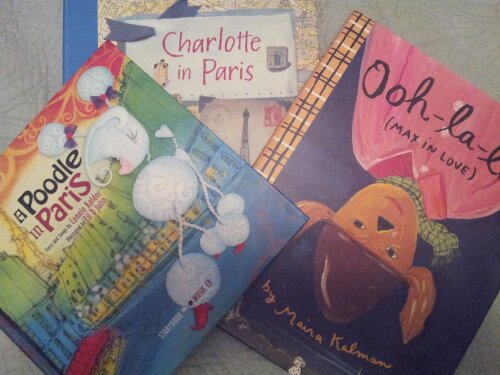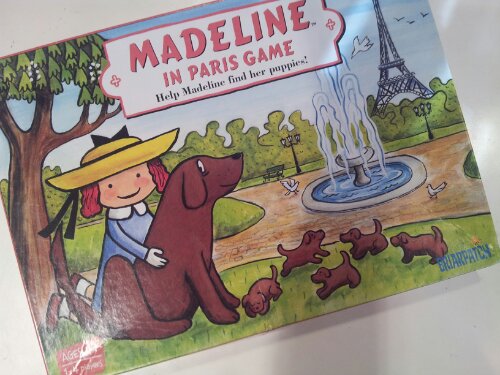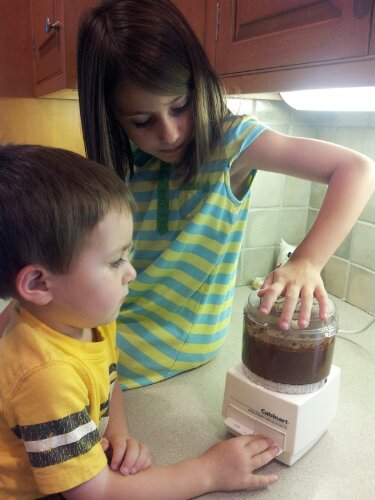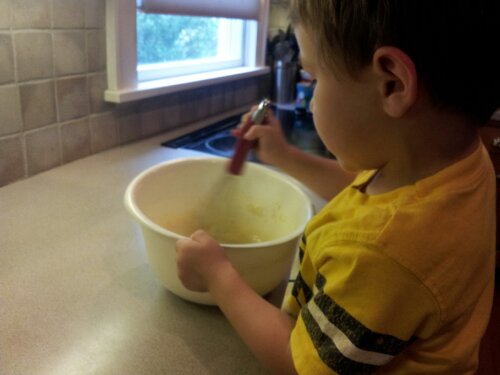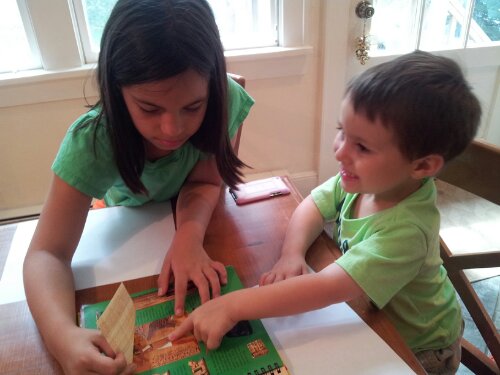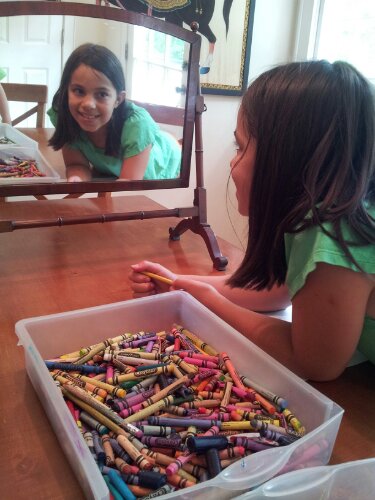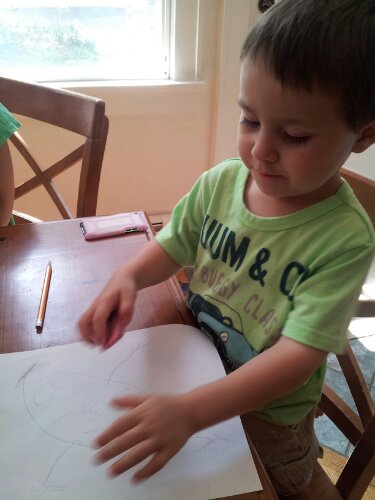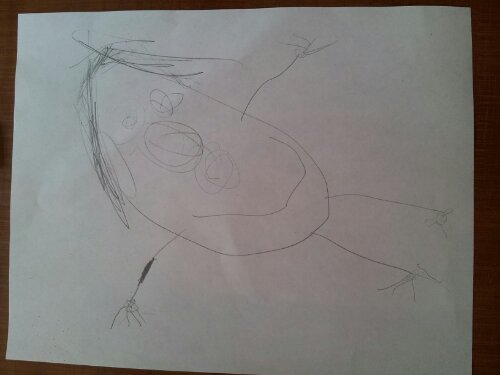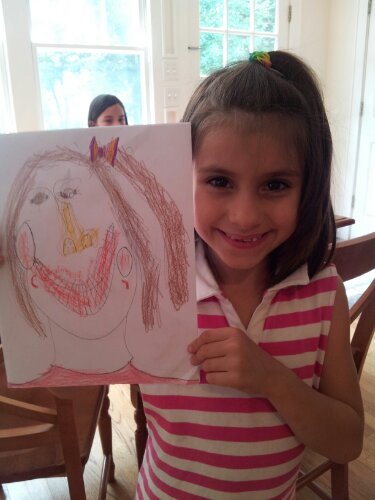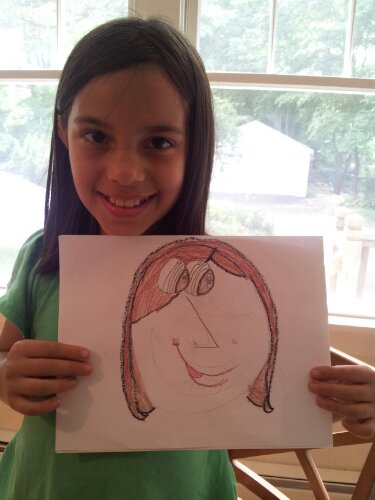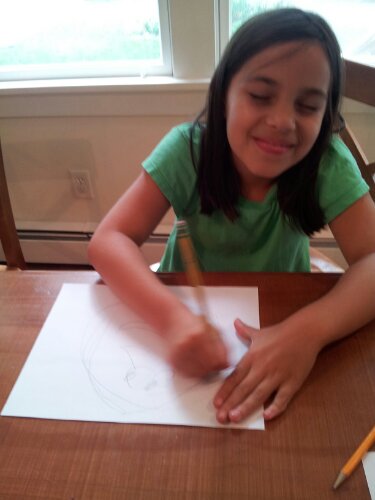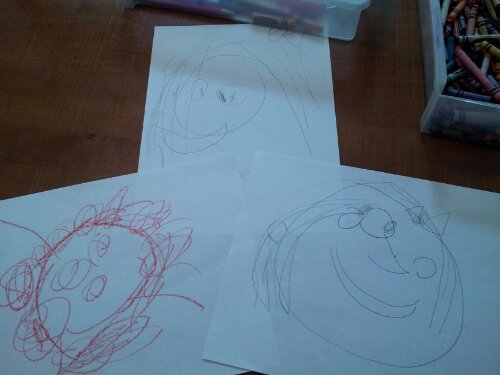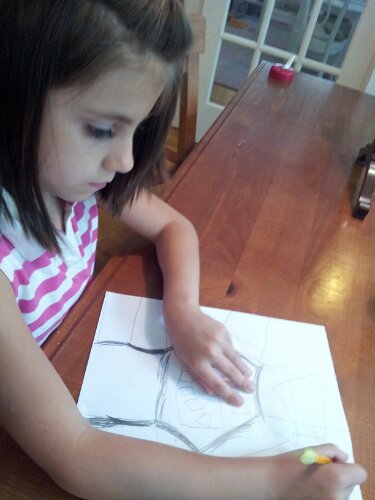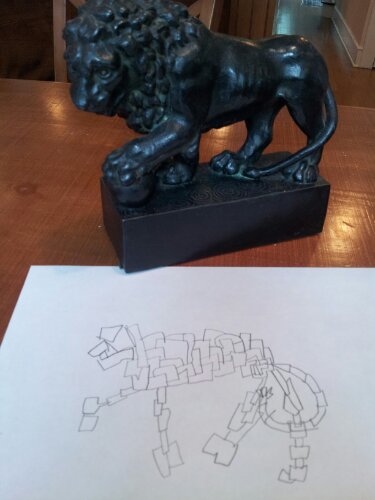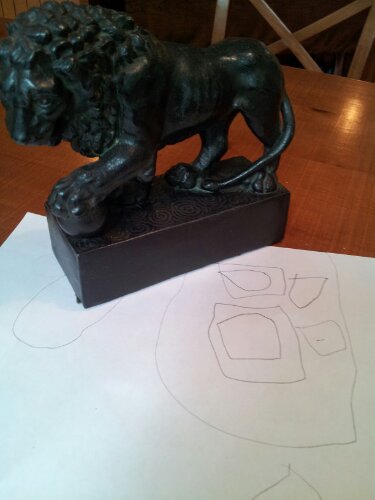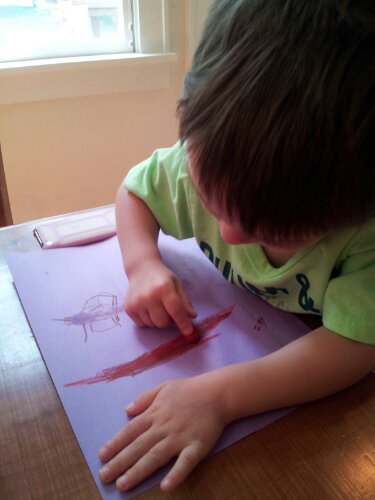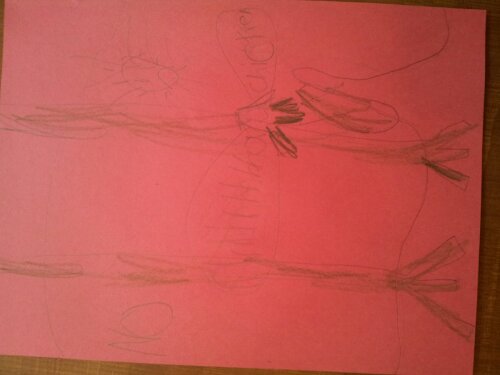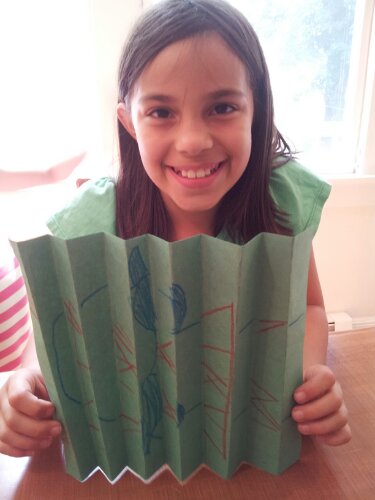Some of the scouts’ favorite foods come from France: Brie cheese, croissants and crepes! So we already know about these tasty French creations, but we learn about so many more French ovations from an interesting book called Look What Came from France.
We learn that three major French inventions were the stethoscope, pasteurization and braille. The French must love to travel because they also came up with the hot air balloon, the parachute, scuba gear, the bus and ambulance, the steam carriage (thought to be the first car), and the Concord, the world’s fastest jet plane. The fashionable French were the first to make lace, high-heal shoes (and they were only worn by men), neckties and suits. They also must know how to have a good time because they brought to the world: ballet, the french horn, movies with sound, photography, tennis, playing cards, and our favorite: April Fool’s Day!
We get a feel for France by reading these lovely story books (lots of poodles!)
And then play Madeline in Paris…
Now on to the crepes. We start by blending roasted hazelnuts, chocolate chips and a bit of oil into a rich sauce.
Next we make the crepe batter by mixing together:
- 2 large eggs
- 3/4 cup milk
- 1/2 cup water
- 1 cup flour
- 1/2 tsp vanilla
- 1 tsp sugar
- 3 tablespoons melted butter
Heat and coat with butter a shallow pan and then carefully ladle the batter on to the pan, swirling it to get the batter to cover it evenly.
Cook crepe about 30 seconds on one side and then flip and cook an additional 10 seconds.
And Voila!!

